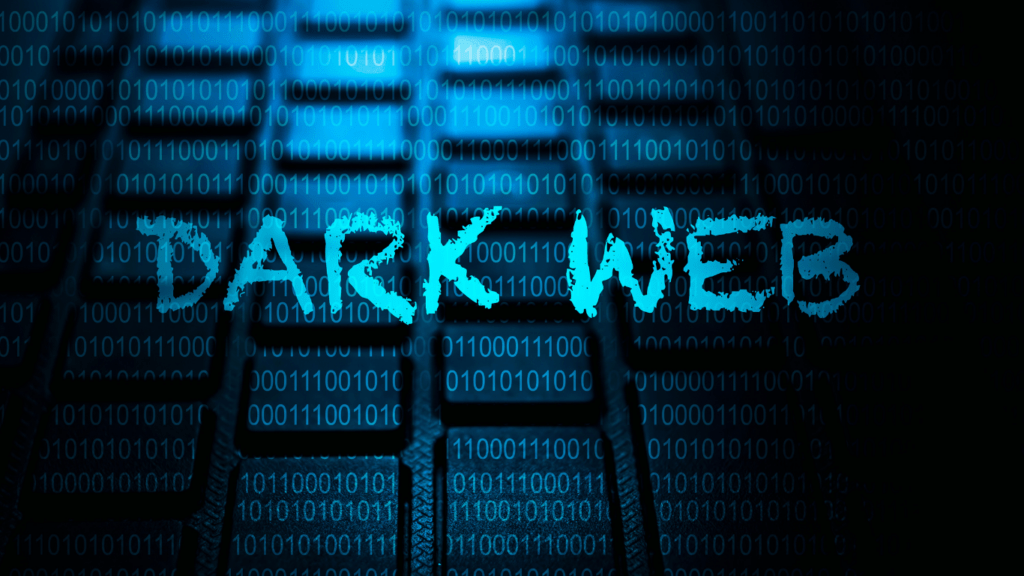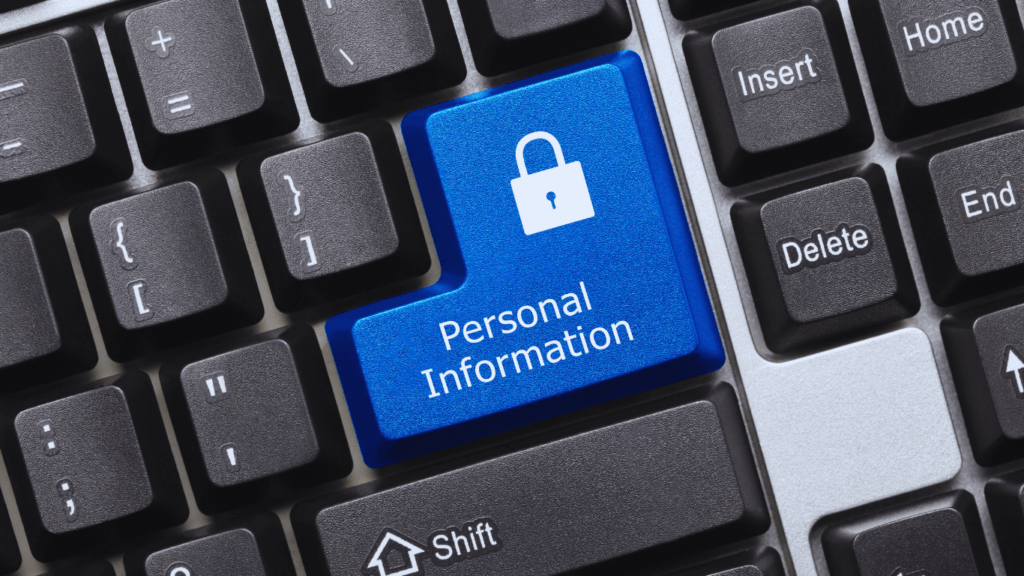The internet is vast, but most of us only scratch the surface. Beneath the familiar websites we visit daily lies a hidden world called the dark web. It’s a place shrouded in mystery, often associated with secrecy and illegal activity, but there’s more to it than meets the eye. Understanding what the dark web is and how it works can help you navigate the digital world more safely.
What Is The Dark Web?
The dark web is the hidden portion of the internet that isn’t indexed by traditional search engines. It requires special software like Tor to access, ensuring anonymity but also fostering risks.
Understanding The Layers Of The Internet
The internet consists of three primary layers: the surface web, deep web, and dark web. The surface web includes all publicly accessible websites like news sites and social media. These are indexed by search engines. The deep web includes content hidden behind logins, such as email accounts and databases, inaccessible to standard search engines. The dark web is a small part of the deep web. Unlike the rest, it demands specific tools for access, enabling users to browse with anonymity.
Difference Between The Surface Web, Deep Web, And Dark Web
The surface web is the smallest and most accessible layer, accounting for roughly 4% of the internet. It includes sites you can reach through standard search engines (e.g., Google or Bing). The deep web encompasses private and secure data, estimated to make up about 90% of the total internet, covering resources like medical records and academic databases. The dark web resides within the deep web but operates through encrypted networks and hidden protocols. It’s heavily cloaked in secrecy and anonymity, used by individuals ranging from journalists to cybercriminals.
How The Dark Web Works
The dark web operates using advanced technologies to ensure anonymity and security for its users. These elements make it distinct from the surface web and deep web, creating a unique, hidden space online.
Encryption And Anonymity
Encryption protects communication on the dark web by scrambling data into unreadable formats, which only authorized parties can decrypt. This process ensures that user activities and identities remain hidden from unauthorized access. Websites on the dark web use layers of encryption through protocols like onion routing, where data passes through multiple servers, each adding its encryption layer. This approach masks both the sender’s and receiver’s identities.
For anonymity, most dark web platforms rely on decentralized networks like Tor, I2P, and Freenet. These networks prevent tracking by concealing IP addresses and routing traffic through volunteer-operated nodes worldwide. This level of privacy appeals to journalists, activists, and others seeking to avoid surveillance.
Tools For Accessing The Dark Web
Accessing the dark web requires specialized tools unavailable on conventional browsers. The Tor browser, or “The Onion Router,” allows users to connect to .onion websites by employing layers of encryption and deflection through random servers. Its ability to anonymize connections makes it the most popular gateway to the dark web.
Another tool is I2P (Invisible Internet Project), which offers messaging and file-sharing capabilities, focusing on secure, peer-to-peer communication. Freenet is another platform enabling users to browse and share files anonymously by employing distributed data storage across multiple devices. Each tool caters to different needs but reinforces the dark web’s principles of encrypted, private access.
Risks Of Exploring The Dark Web

Exploring the dark web entails significant risks due to its inherently unregulated environment. These potential dangers range from cybersecurity threats to legal ramifications stemming from exposure to illegal content.
Cybersecurity Threats
- Navigating the dark web exposes users to advanced hacking attempts and malicious software.
- Cybercriminals often set traps through phishing links, fake marketplaces, and malicious downloads.
- Ransomware, spyware, and keyloggers are common, targeting personal data like login credentials and financial information.
- Without robust cybersecurity measures, accessing this hidden network can compromise devices and expose sensitive information.
- Unsecured connections on the dark web can also lead to IP address leaks.
- Misconfigured tools, such as an improperly set Tor browser, turn anonymity into vulnerability, revealing user locations to potential attackers.
- Sophisticated tracking methods employed by cybercriminals make identity theft a persistent threat.
Illegal Activities And Consequences
Many corners of the dark web host illegal activities, such as:
- illicit drug markets
- weapons trading
- identity theft schemes
Even observing or stumbling upon these operations can result in unforeseen legal scrutiny. For instance, law enforcement monitors dark web traffic for suspicious activities, and unintentional involvement in criminal enterprises may raise red flags.
Engaging with unlawful platforms risks both short-term and long-term consequences. Purchasing counterfeit goods or stolen data, for example, can lead to criminal investigations or financial losses. Additionally, some users fall victim to scams disguised as illegal services, further amplifying the dangers of participating in these activities.
Staying Safe Online
Staying safe online requires proactive measures and a strong understanding of digital threats. Whether visiting the surface web, deep web, or dark web, prioritizing security is essential to protect personal information and maintain privacy.
Essential Safety Practices
Using trusted digital tools minimizes risks associated with online browsing. I regularly update my software and devices to patch vulnerabilities and reduce exposure to malware. Virtual Private Networks (VPNs) encrypt internet connections, masking IP addresses and keeping activities private. Before clicking any links, verifying their legitimacy ensures they don’t lead to phishing pages or malware downloads.
Creating strong, unique passwords for each account reduces the chance of unauthorized access. I also enable multi-factor authentication (MFA) wherever possible, which adds an extra layer of security. Refraining from sharing sensitive data on unverified platforms protects against identity theft.
Importance Of Cybersecurity Awareness
Understanding cybersecurity bolsters one’s defense against digital hazards. I familiarize myself with common cyberattack tactics, including phishing and ransomware. Recognizing suspicious activities ensures quick action to mitigate threats.
Educating oneself on safe browsing practices, especially when navigating the deep or dark web, strengthens one’s ability to avoid pitfalls. I remain cautious about downloading unknown files and only use tools with proven encryption standards to maintain data integrity. Knowledge of the evolving cybersecurity landscape helps me stay prepared and resilient against emerging challenges.
Ethical Considerations
The dark web raises important ethical questions while serving various legitimate and illicit purposes. Recognizing its potential for positive use as well as understanding the moral implications of access is crucial.
Legitimate Uses Of The Dark Web
The dark web plays a vital role in protecting freedom of speech and ensuring privacy in oppressive environments. Whistleblowers use platforms on the dark web to expose corruption or unethical practices while keeping their identities secret. For example, SecureDrop is a widely-used tool designed for anonymous communication between journalists and whistleblowers. Activists in restrictive regimes rely on these private networks to organize safely without government surveillance.
It provides secure communication channels for individuals handling sensitive information. Journalists, for instance, rely on the dark web to communicate with sources in high-risk situations. Nonprofit organizations and researchers also use it to preserve confidentiality, particularly when working on controversial topics or addressing sensitive human rights issues.
Moral Implications Of Dark Web Access
Accessing the dark web requires ethical awareness due to its association with illegal activities. Deliberately engaging with platforms involved in crimes, such as human trafficking or counterfeit marketplaces, contributes to harm and upholds criminal networks. For instance, purchasing illegal goods often funds organized crime operations, perpetuating broader social harm.
Exploring the dark web for curiosity or research presents moral dilemmas. Even passive interaction with illegal content may inadvertently support its reach by increasing traffic or legitimizing its existence. Balancing the pursuit of knowledge against the risk of exposure or potential complicity is a challenge for many users.
Ethical responsibility extends to ensuring the dark web is used for constructive purposes. Whether by reporting harmful activity to authorities or solely engaging with verified, legitimate services, users can contribute to a more just approach to this complex digital space.



